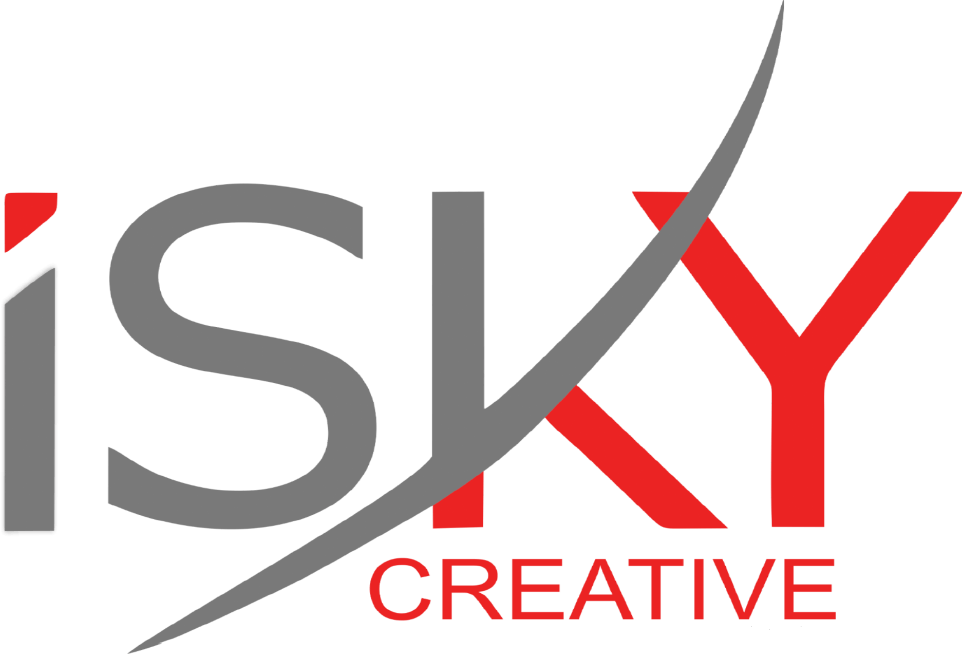In the dynamic realm of web design, staying abreast of the latest trends is crucial for captivating audiences and enhancing user experiences. As we navigate through 2024, it’s paramount for businesses and designers alike to integrate innovative strategies that not only captivate users but also boost search engine visibility. In this article, we delve into seven top web design trends of 2024 that will help elevate your online presence while adhering to SEO-friendly principles.
- Responsive and Mobile-first Design: In an era where mobile usage surpasses desktop browsing, adopting a responsive and mobile-first design approach is non-negotiable. Ensuring that your website adapts seamlessly to various screen sizes and devices not only enhances user experience but also aligns with search engine preferences for mobile-friendly websites. By prioritizing mobile responsiveness, you create a cohesive user experience that encourages engagement and improves search engine rankings.
- Dark Mode Compatibility: The rise of dark mode has revolutionized user preferences, offering a visually appealing and comfortable browsing experience, especially in low-light environments. Incorporating dark mode compatibility into your website design caters to the preferences of modern users and enhances accessibility. By providing options for both light and dark themes, you not only improve user satisfaction but also prolong user sessions, thereby signaling positive engagement metrics to search engines.
- Voice User Interface (VUI) Integration: With the proliferation of voice-enabled devices, optimizing your website for voice search is paramount for maintaining a competitive edge. Integrating voice user interfaces allows users to interact with your website through natural language commands, thereby enhancing accessibility and user engagement. By incorporating conversational keywords and optimizing content for voice search queries, you can improve your website’s visibility in search engine results pages (SERPs) and attract organic traffic.
- Interactive and Immersive Experiences: Incorporating interactive elements such as animations, micro-interactions, and immersive storytelling enhances user engagement and fosters memorable experiences. Interactive features not only captivate users but also encourage social sharing and repeat visits, which are favorable signals to search engines. By creating compelling and shareable content, you amplify your website’s reach and increase the likelihood of acquiring backlinks, thereby boosting your SEO performance.
- Accessibility and Inclusivity: Prioritizing accessibility ensures that your website is usable by individuals of all abilities, thereby broadening your audience reach and enhancing user experience. Incorporating features such as alt text for images, keyboard navigation, and screen reader compatibility not only improves accessibility but also aligns with search engine guidelines for user-friendly websites. By adhering to accessibility standards, you demonstrate a commitment to inclusivity, which can positively impact your website’s SEO performance.
- Page Speed Optimization: Optimizing page speed is critical for retaining visitors and reducing bounce rates, both of which are crucial factors for SEO success. Search engines prioritize fast-loading websites, as they contribute to a positive user experience and lower abandonment rates. Implementing strategies such as image optimization, minification of CSS and JavaScript files, and leveraging browser caching can significantly improve your website’s loading speed, thereby enhancing its search engine rankings.
- Sustainability and Green Design: Incorporating sustainability initiatives into your web design not only demonstrates corporate responsibility but also appeals to environmentally conscious consumers. By adopting eco-friendly practices such as using renewable energy for hosting and minimizing carbon footprint, you contribute to a greener digital ecosystem. Such initiatives not only bolster your brand’s reputation but also align with search engine preferences for sustainable and socially responsible websites.
Conclusion: As we venture further into 2024, integrating these cutting-edge web design trends into your online strategy can help you stay ahead of the curve and elevate your digital presence. By embracing responsive design, dark mode compatibility, voice user interfaces, interactive experiences, accessibility measures, page speed optimization, and sustainability initiatives, you create a website that not only captivates users but also resonates with search engines. By incorporating SEO-friendly principles into your web design approach, you pave the way for sustained online success in an ever-evolving digital landscape.

